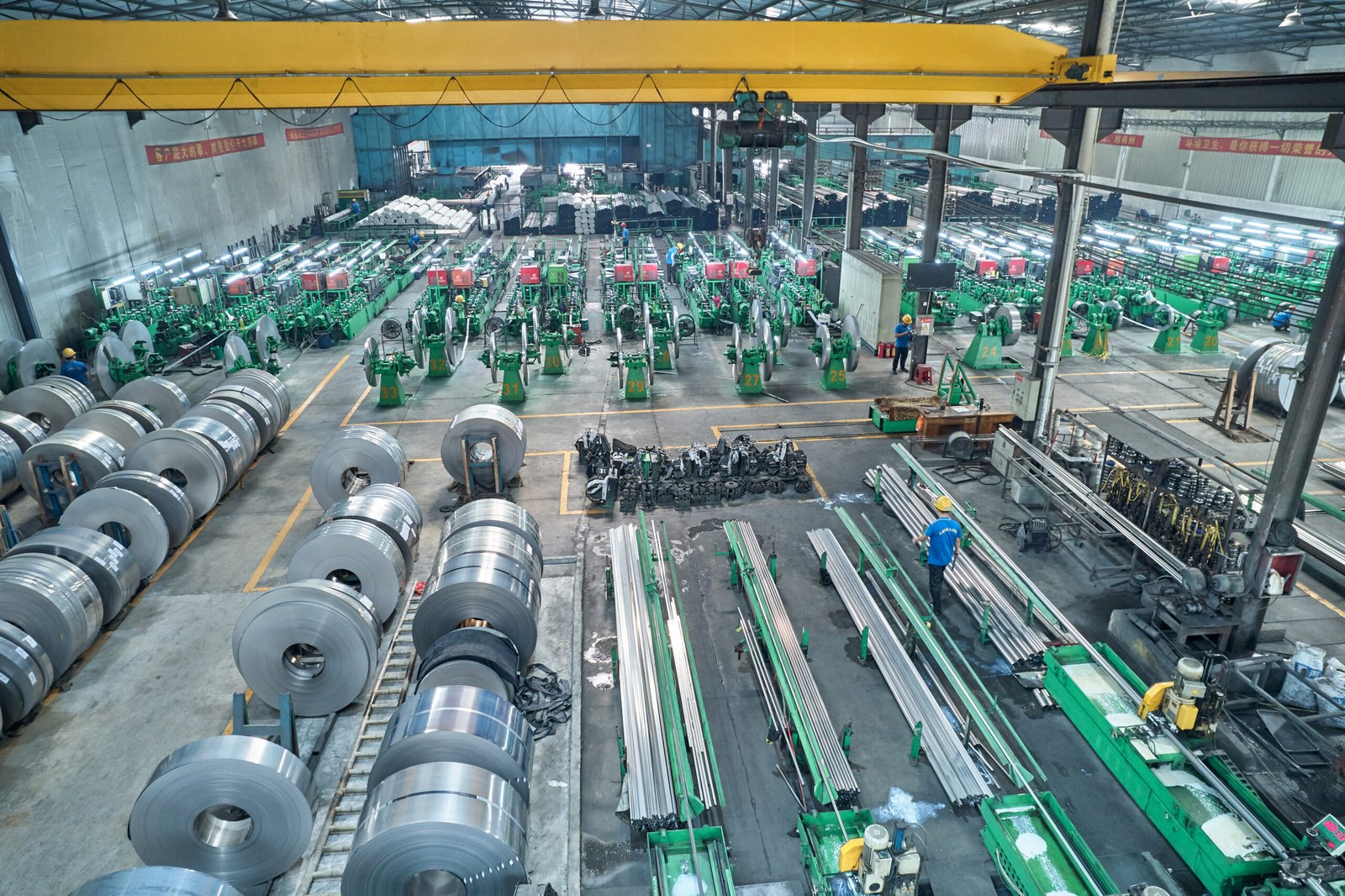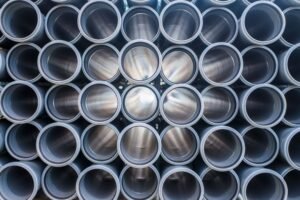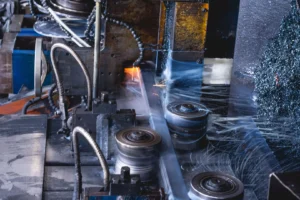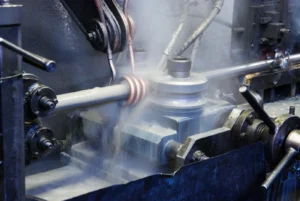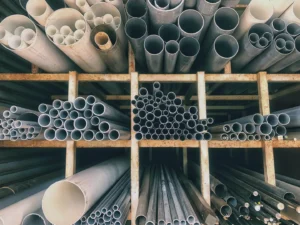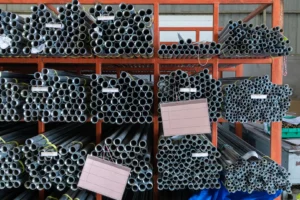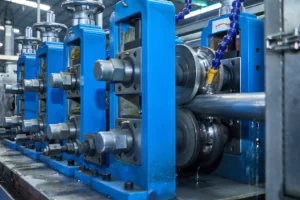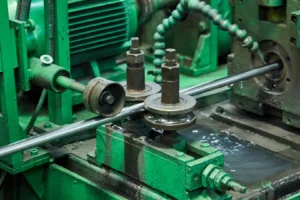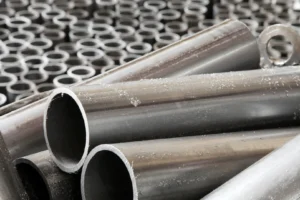High-Purity 316L Stainless Steel Pipes for Food Industry: Durable, Hygienic, and Certified
Food contamination risks are high, impacting safety and brand reputation. High-purity 316L нержавеющая сталь[^1] pipes offer a certified, hygienic, and durable solution for modern food processing.
High-purity 316L stainless steel pipes are essential because they provide unparalleled corrosion resistance, superior hygiene, and meet strict food safety certifications. This ensures product integrity, reduces contamination risks, and enhances operational efficiency in food and beverage manufacturing.
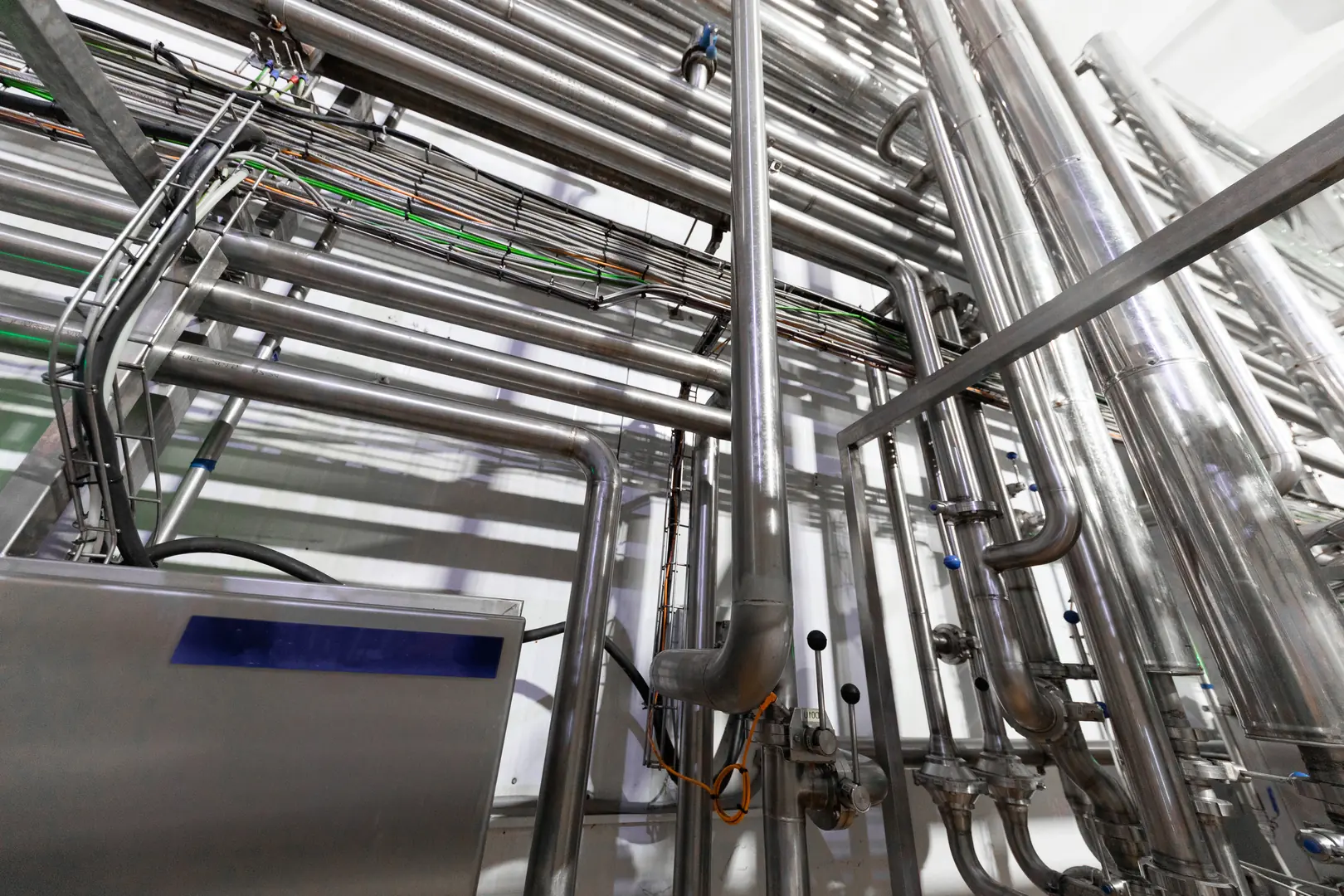
Let's break down why this specific material has become the gold standard in an industry where there is zero room for error. As someone who works with global food producers daily, I've seen firsthand how the right material choice is a critical foundation for success, not just an operational detail. The conversation has shifted from "what is the cheapest option?" to "what is the safest and most reliable investment?"
What is the role of 316L stainless steel pipes in the food industry?
Maintaining product purity is non-negotiable. Traditional materials can leach or corrode. 316L pipes act as a protective, inert barrier, safeguarding food quality from processing to packaging.
The primary role of 316L stainless steel pipes is to provide a safe, non-reactive, and corrosion-resistant conduit for food products. They ensure that the taste, color, and composition of the food remain uncontaminated throughout the entire production process.
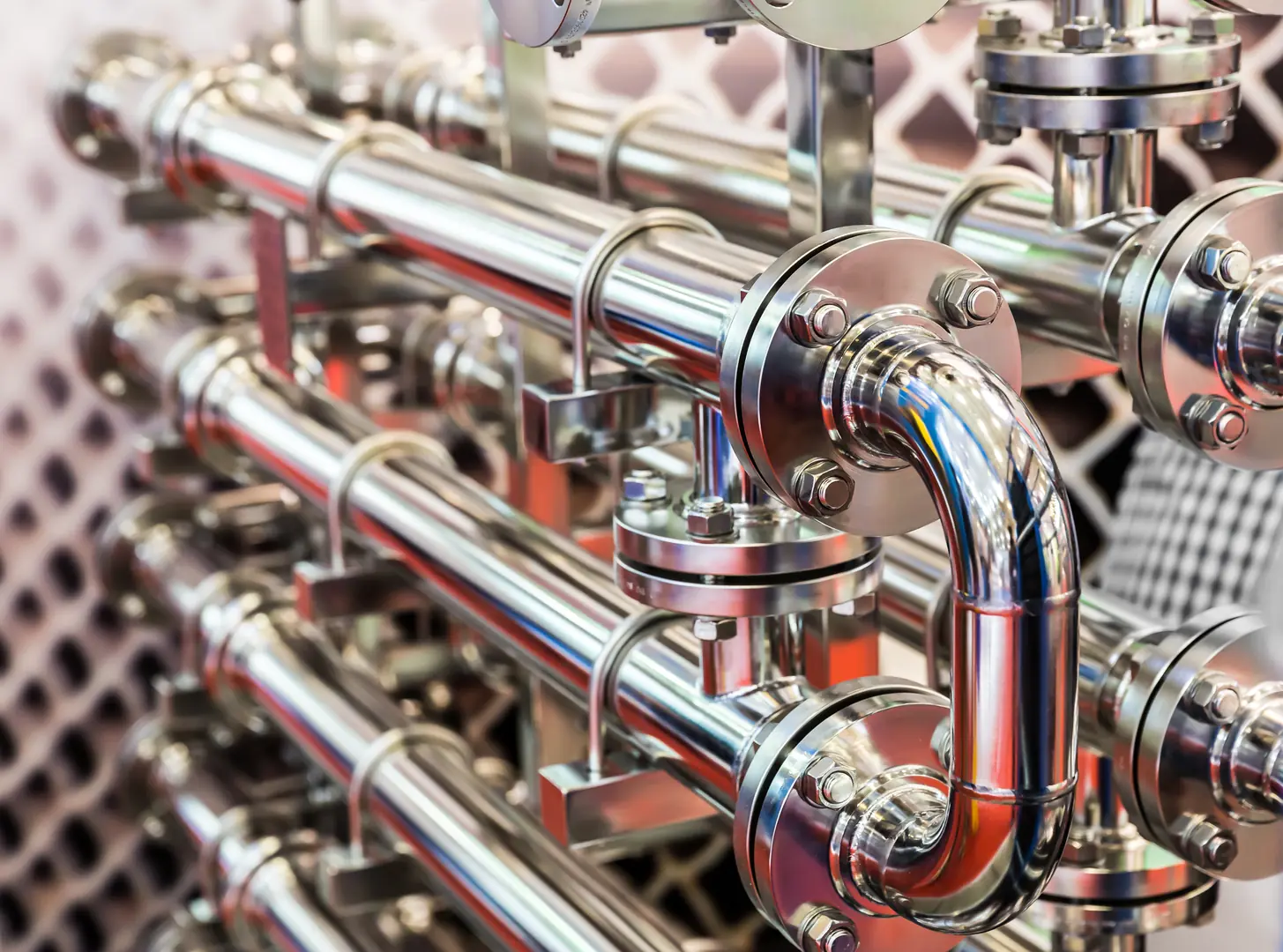
At its core, 316L piping is the guardian of your product's integrity. Think of it as the circulatory system of a food processing plant. Every ingredient, every intermediate product, and every final formulation flows through these pipes. If the material isn't perfect, the risk of contamination becomes unacceptably high. This is where the specific composition of 316L stainless steel truly shines.
The Guardian of Purity
The "L" in 316L stands for low carbon content, which minimizes carbide precipitation[^2] during welding, protecting against corrosion at the joints. More importantly, the addition of molybdenum is what sets it apart from other grades like 304. This element provides superior resistance to chlorides and other acids commonly found in food products and cleaning agents. I remember a client in the sauces and dressings sector who was experiencing micro-pitting in their old piping system, leading to inconsistent batch quality. The switch to 316L completely eliminated this issue, because the material simply doesn't react with the acidic ingredients, ensuring every batch is as pure as the last.
A Foundation for Compliance
Global food safety standards, from HACCP to FDA regulations, are becoming more stringent. Using a certified material like 316L is no longer optional; it's a prerequisite for market access. It provides the documented assurance that your equipment meets international hygiene and safety protocols. This simplifies audits and gives both you and your customers peace of mind.
| Material Feature | Role in Food Safety |
|---|---|
| Содержание молибдена | Resists corrosion from salts and acids. |
| Low Carbon ("L") | Prevents weld decay and intergranular corrosion. |
| Non-Porous Surface | Inhibits bacterial growth and biofilm formation. |
| High Durability | Withstands high pressures and temperatures. |
How are 316L stainless steel pipes currently being utilized in food processing?
Diverse food products require specialized handling. A one-size-fits-all piping solution fails. 316L's versatility allows for its use across a wide range of applications, from liquids to solids.
316L stainless steel pipes are widely used in dairy processing, beverage production, brewing, and pharmaceutical-grade food supplement manufacturing. They transport everything from milk and juice to viscous sauces and purified water, thanks to their hygienic properties and durability.
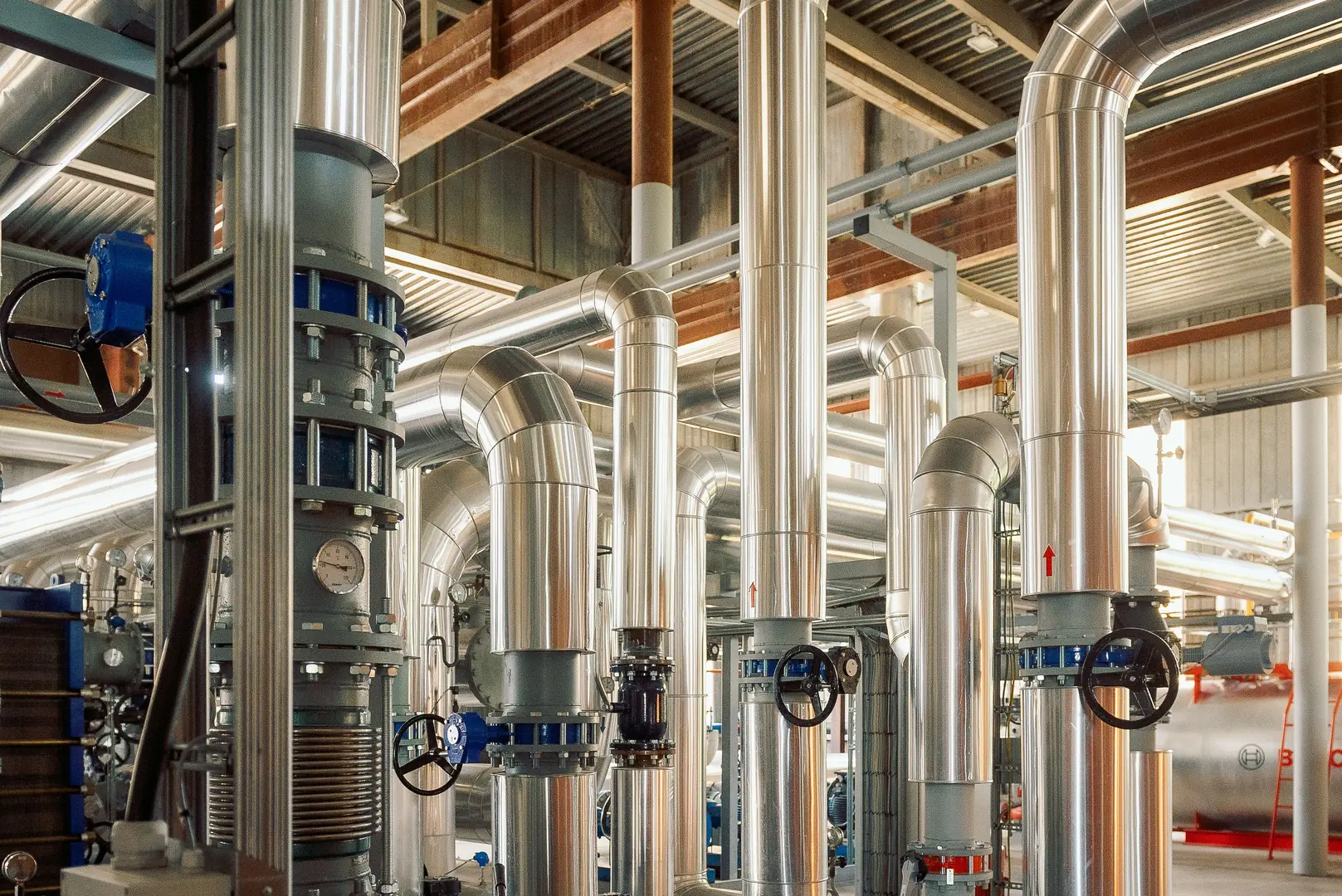
The application of 316L is incredibly broad because the challenges it solves are universal across the food industry. Wherever product purity and equipment longevity are paramount, you will find 316L. At MFY, we supply pipes for an incredible range of uses, and it's always impressive to see the innovation our clients are driving. The common thread is a commitment to quality that starts with the infrastructure.
Dairy and Beverage Lines
This is perhaps the most common application. Milk, yogurt, juice, and soft drinks are sensitive products. Any metallic taste or contamination is immediately noticeable by the consumer. 316L pipes are the industry standard because they are easy to clean using Clean-in-Place (CIP) systems[^3] and do not impart any flavor to the product. They handle the acidic nature of fruit juices and the abrasive nature of some dairy products without degrading over time.
High-Temperature and Viscous Product Transport
Think about processing tomato paste, chocolate, or thick sauces. These applications often involve high temperatures and high pressures. 316L's mechanical strength ensures it can handle these demanding conditions without warping or failing. Its smooth internal surface also helps in moving viscous products efficiently, reducing energy consumption and making cleaning cycles more effective. We worked with a confectionery manufacturer in Europe who needed to upgrade their lines. Their primary concerns were heat resistance and preventing product buildup. The 316L system we helped them design not only solved these issues but also reduced their cleaning cycle time by nearly 20%.
| Область применения | Key Benefit of 316L |
|---|---|
| Dairy Processing | Prevents bacterial growth; no flavor transfer. |
| Beverage Production | Resists corrosion from citric and other acids. |
| Brewing & Wineries | Ensures flavor consistency and is easy to sterilize. |
| Sauces & Pastes | Handles high temperatures and viscous flow. |
| Purified Water Systems | Maintains water purity for ingredients and cleaning. |
What challenges do manufacturers face with traditional piping materials in the food industry?
Using suboptimal materials creates risks. Corrosion, bacterial growth, and frequent maintenance cause downtime. These hidden costs erode profitability and threaten compliance with food safety regulations.
Traditional materials like plastic, rubber, or lower-grade steels pose significant challenges, including corrosion, chemical leaching, and the formation of biofilms. This leads to product contamination, frequent replacement, high maintenance costs, and failure to meet regulatory standards.
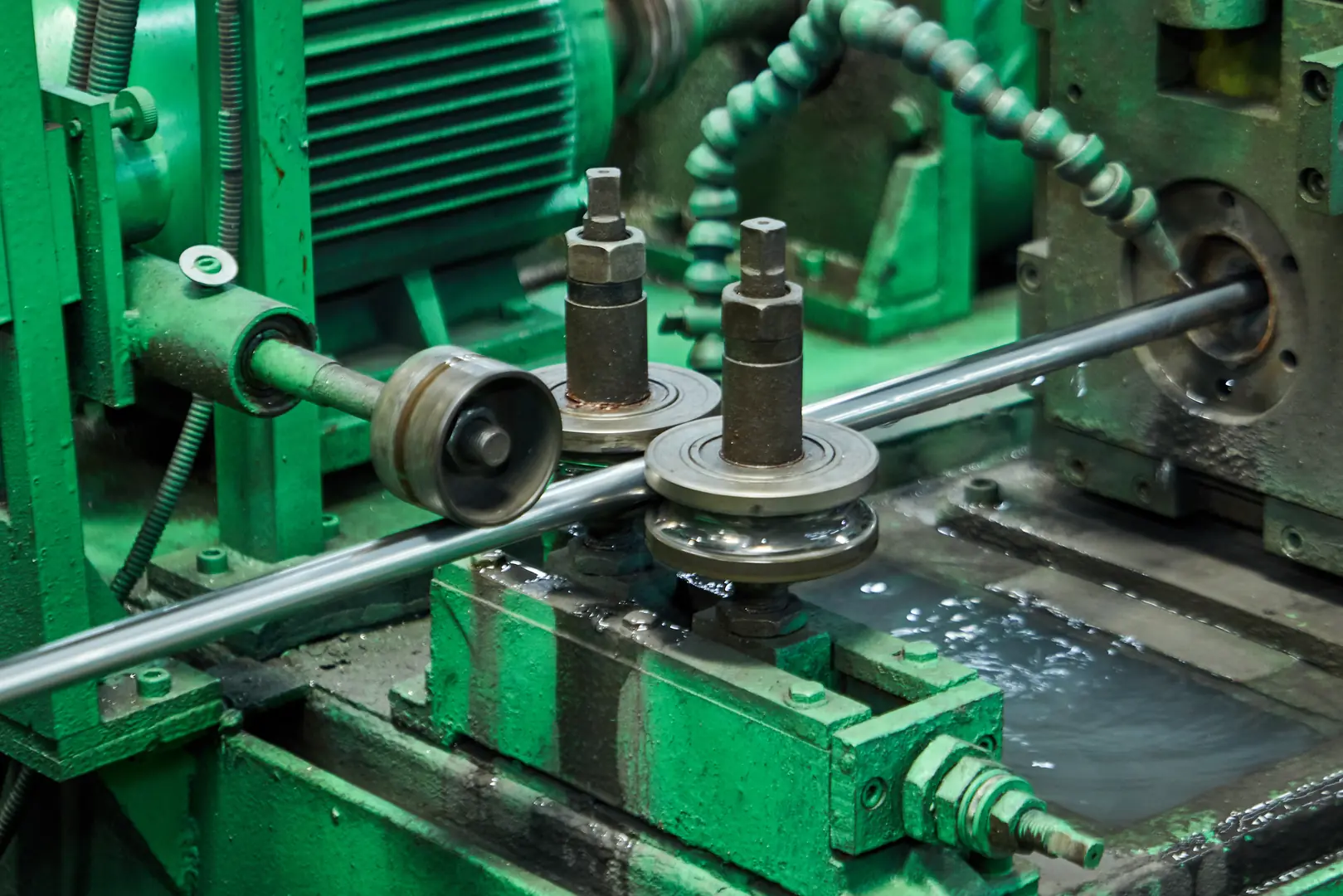
The initial cost of a piping system is often a small fraction of its total cost of ownership. I've seen many companies try to save money upfront by choosing materials like PVC or even lower-grade stainless steel like 304, only to face much larger expenses down the road. These challenges aren't just about maintenance; they represent a direct threat to food safety and brand reputation.
The Hidden Threat of Corrosion
Materials without the molybdenum content of 316L are vulnerable to pitting and crevice corrosion, especially when exposed to saline solutions or harsh cleaning chemicals. These microscopic pits are impossible to clean effectively and become breeding grounds for bacteria. This contamination risk, known as a biofilm, can spoil entire production runs and lead to product recalls, which can be devastating for a business.
The Problem of Leaching and Degradation
Plastic and rubber pipes can degrade over time, especially under temperature fluctuations or when exposed to certain chemicals. This degradation can cause leaching, where small particles of the pipe material break off and enter the food product. It can also lead to flavor tainting. Furthermore, these materials are often not as durable, leading to a shorter service life and the need for more frequent and costly replacements. This constant cycle of repair and replacement creates significant operational downtime, which is a direct hit to productivity and profitability.
| Материал | Primary Challenge | Impact on Food Processing |
|---|---|---|
| PVC / Plastic | Chemical leaching; low heat tolerance. | Product contamination; limited application. |
| Rubber Hoses | Porous surface; degradation. | Bacterial growth; frequent replacement. |
| Нержавеющая сталь 304 | Lower corrosion resistance. | Pitting from chlorides; shorter lifespan. |
| Углеродистая сталь | Rusts easily. | Gross contamination; completely unsuitable. |
What solutions do 316L stainless steel pipes offer to overcome these challenges?
Manufacturers need reliability and peace of mind. Constant worry about contamination is stressful. 316L pipes provide a robust, long-term solution that directly addresses hygiene, durability, and compliance.
316L stainless steel pipes solve these challenges with superior corrosion resistance from their molybdenum content, a non-porous surface that prevents bacterial growth, and the ability to withstand harsh cleaning agents. This ensures long-term operational integrity and food safety.
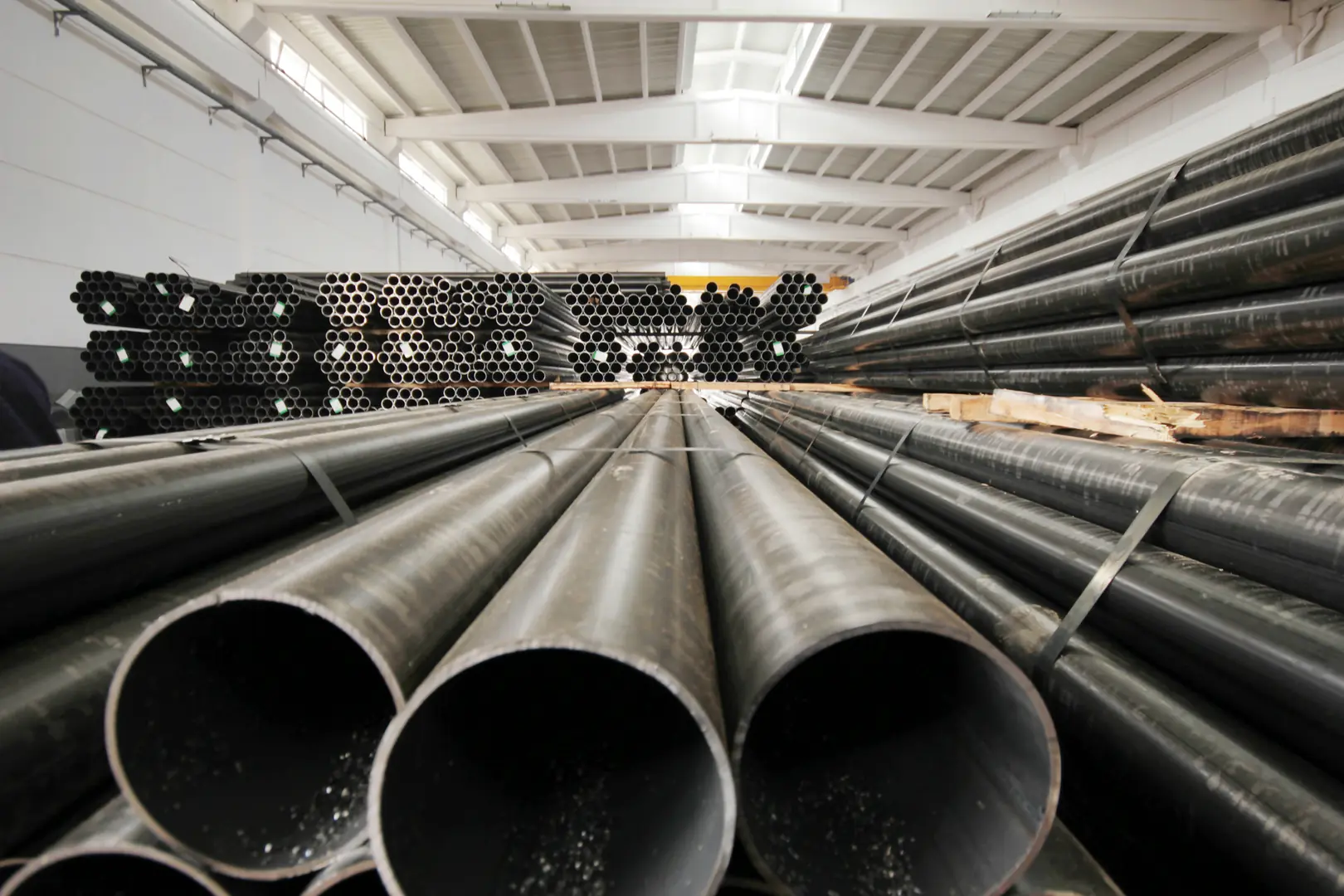
Choosing 316L is a proactive strategy. It's about designing a system that prevents problems before they can start. This material directly counters the weaknesses of traditional options, providing a solution that is not just better, but fundamentally more suited for the hygienic demands of the food industry. This aligns perfectly with the industry's shift towards more sustainable and reliable production practices.
Engineered for Cleanliness
The surface of high-purity 316L pipe is incredibly smooth and non-porous. This physical characteristic is critical because it leaves no place for bacteria to hide and form biofilms. When combined with modern CIP systems, which use aggressive chemicals and high temperatures, the 316L material remains unaffected. It can be thoroughly cleaned and sterilized over and over again without any degradation. This ensures a consistently hygienic environment, which is the cornerstone of food safety.
Built for a Harsh Environment
Food processing plants are tough environments. There are constant temperature swings, high humidity, and exposure to a wide range of chemicals. 316L is built to last in these conditions. Its inherent durability means fewer leaks, less maintenance, and significantly reduced downtime. I often tell my clients that the investment in 316L pays for itself through operational uptime alone. When your lines are running instead of being repaired, you are maximizing your output and profitability. It's a simple equation, but one that is often overlooked when only looking at the initial material cost.
| Вызов | 316L Solution | Strategic Benefit |
|---|---|---|
| Corrosion/Pitting | Molybdenum provides chloride resistance. | Longer equipment life; no metal leaching. |
| Образование биопленки | Non-porous, smooth surface. | Enhanced cleanability; reduced contamination risk. |
| Chemical Degradation | Inert to common cleaning agents. | Reliable performance with CIP systems. |
| Frequent Downtime | High mechanical strength and durability. | Increased production uptime; lower TCO. |
What technical guidelines should be followed to ensure the optimal use of 316L stainless steel pipes in food applications?
Proper installation is as critical as material choice. Mistakes can compromise the entire system. Following key technical guidelines ensures you maximize the benefits of your 316L investment.
Key guidelines include ensuring proper welding techniques (like orbital TIG welding) to create smooth, crevice-free joints, maintaining correct pipe slope for drainage, and selecting the appropriate surface finish (e.g., electropolished) to minimize bacterial adhesion and enhance cleanability.
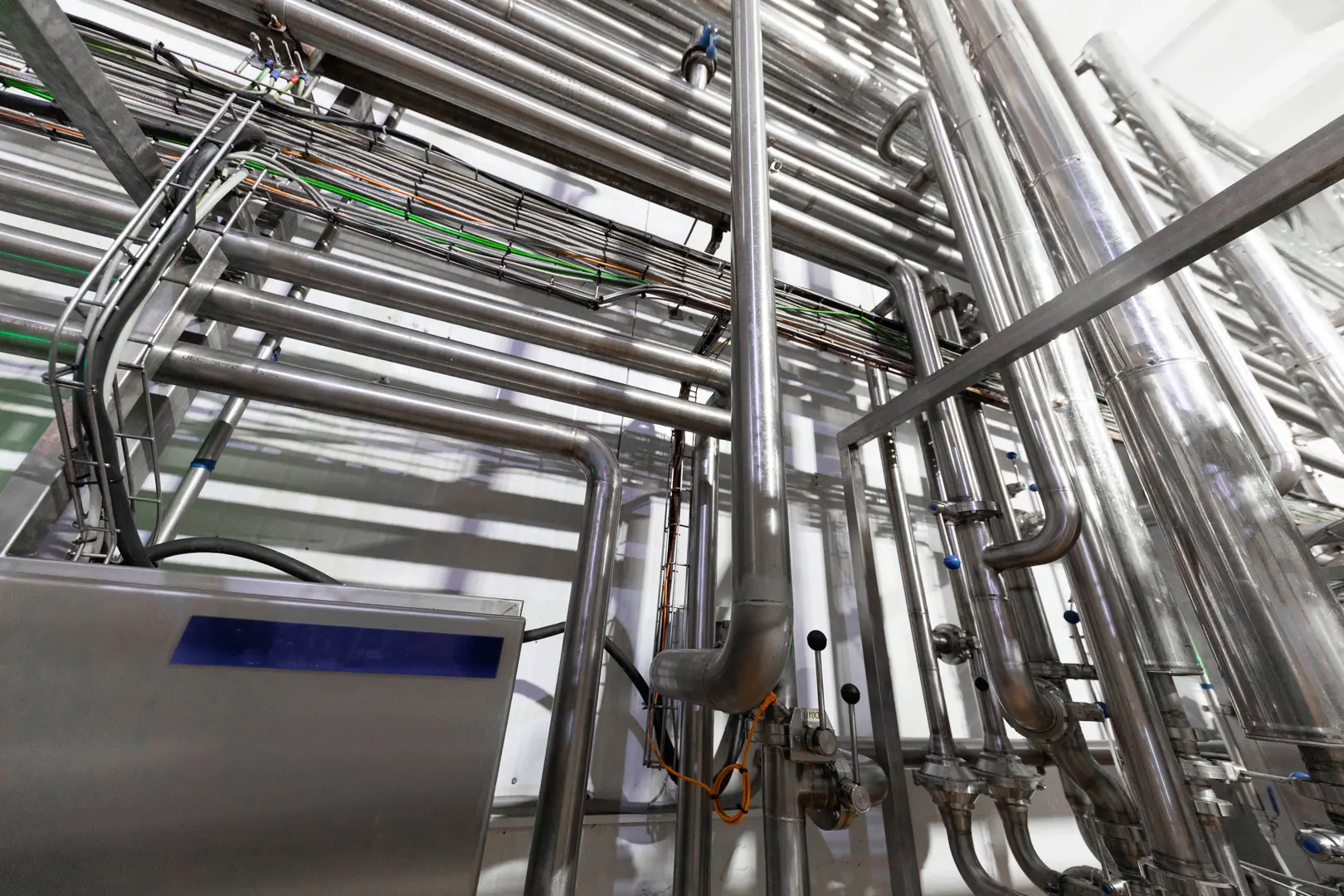
Buying high-quality 316L pipes is only half the battle. A flawless installation is what unlocks their full potential. At MFY, we see ourselves as partners, not just suppliers, and we always advise our clients on these best practices. A small mistake during installation can create a weak point in an otherwise perfect system, so paying attention to these details is crucial for long-term success.
The Importance of the Weld
The joints between pipes are the most vulnerable points in any system. For food-grade applications, orbital TIG (Tungsten Inert Gas) welding is the gold standard. This automated process creates a smooth, full-penetration weld on the interior of the pipe, eliminating the cracks and crevices where bacteria could accumulate. It's also critical to purge the inside of the pipe with an inert gas like argon during welding to prevent oxidation, which would compromise the corrosion resistance of the joint.
Surface Finish and System Design
The internal surface finish of the pipe matters immensely. A smoother, more polished surface is easier to clean and more resistant to biofilm formation. For ultra-high-purity applications, an electropolished finish[^4] is often specified. Beyond the finish, the overall system design is key. Pipes should be sloped to allow for complete drainage, eliminating any stagnant areas where product could sit. Dead legs—short, capped-off sections of pipe—should be avoided at all costs, as they are notorious breeding grounds for microbes.
| Guideline | Best Practice | Обоснование |
|---|---|---|
| Welding | Orbital TIG welding with inert gas purging. | Creates a smooth, crevice-free, and fully corrosion-resistant joint. |
| Отделка поверхности | Specify a Ra (Roughness Average) value. | A smoother surface is easier to clean and prevents bacterial adhesion. |
| System Layout | Ensure proper slope for self-draining. | Prevents pooling of liquid, which can lead to microbial growth. |
| Component Choice | Use hygienic-design clamps and gaskets. | Eliminates crevices and dead spaces throughout the entire system. |
Заключение
Investing in high-purity 316L stainless steel pipes is not a cost, but a strategic decision. It safeguards your product, protects your brand, and ensures long-term operational efficiency. At MFY, we help our partners make this critical investment with confidence and expertise.
У вас есть вопросы или нужна дополнительная информация?
Свяжитесь с нами, чтобы получить индивидуальную помощь и квалифицированный совет.
